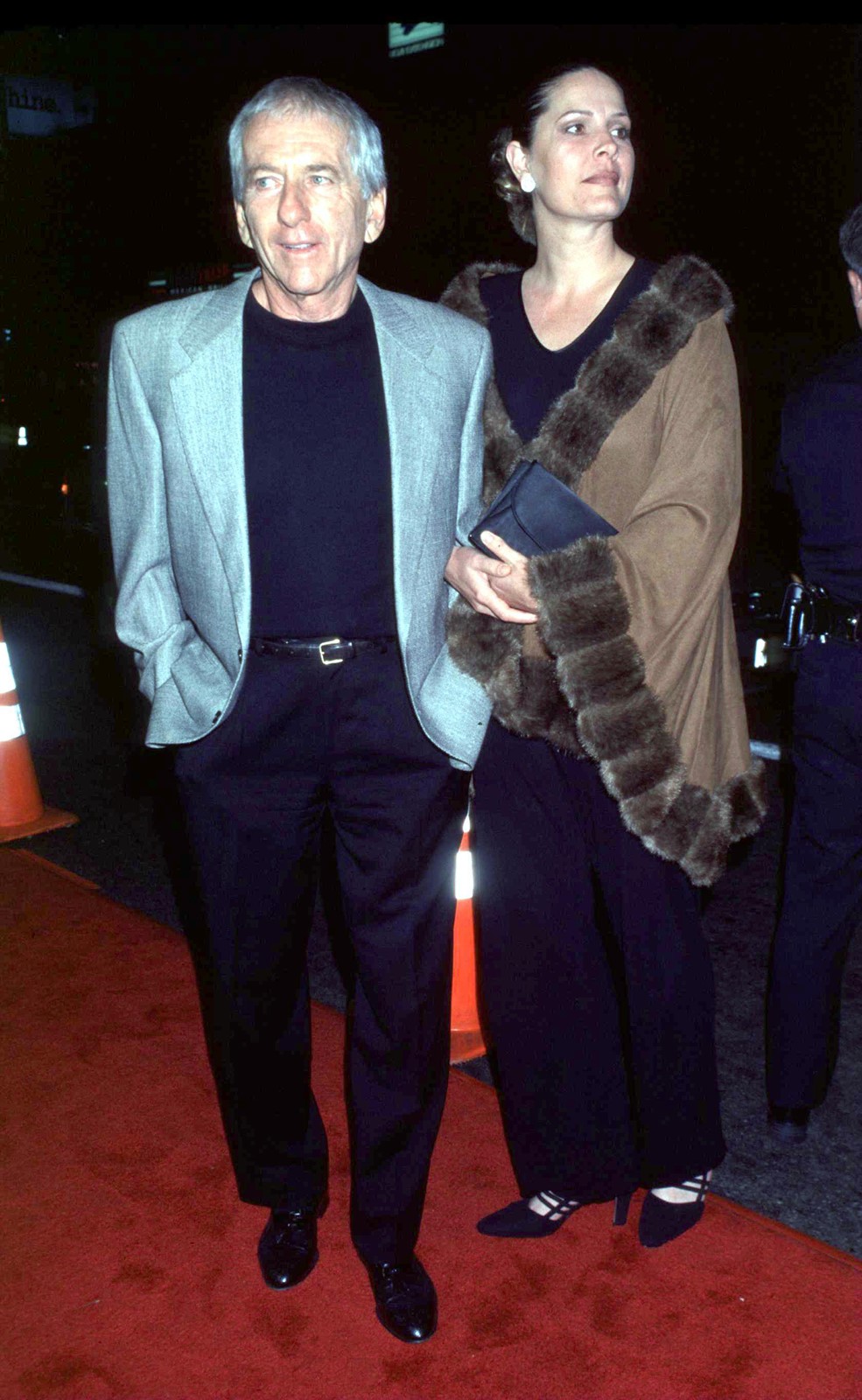
Barry Newman, whose terse integrity and understated rebelliousness made the 1971 movie “Vanishing Point” an enduring hit in the annals of American cinema about the open road, died May 11 in New York. He was 92.
The death, in a hospital, which was not widely reported until this week, was confirmed by his wife, Angela Newman. While seeking treatment for back pain, she said, he came down with a lung infection that spread to his spine and heart.
Newman was briefly a leading man in movies and television in the 1970s. He starred as a Harvard-educated defense attorney who moved to a small Southwestern town to work criminal cases in the 1970 feature film “The Lawyer,” and he reprised the character, Tony Petrocelli, in an NBC legal drama, “Petrocelli,” which ran from 1974 to 1976.
Two decades later, he returned to prominence as a character actor, with small roles in memorable movies such as Steven Soderbergh’s “The Limey” (1999); “Bowfinger,” also in 1999, alongside Steve Martin and Eddie Murphy; and “40 Days and 40 Nights” (2002), a romantic comedy starring Josh Hartnett.
But Newman’s most notable performance was undoubtedly in “Vanishing Point.”
In that film, he played Kowalski, a one-named car-delivery driver who makes a bet with his drug dealer while buying Benzedrine: If he can make it from where they are in Denver to San Francisco in about 15 hours, then Kowalski gets the amphetamines for free.
“Vanishing Point” then becomes one long psychedelic car chase. Kowalski skillfully evades highway cops, nonchalantly accepts his deification by a rhapsodic radio DJ named Super Soul (played by Cleavon Little), and befriends a succession of slender hippie-ish blondes.
From conversations among police officers and Kowalski’s own flashbacks, we learn about his past as a decorated Vietnam War veteran, frustrated police officer and demolition derby racer.
The bulk of the movie replaces dialogue with the sounds of a revving car engine, a police siren and a shredding electric guitar. The camera is often trained on Newman’s face — its shaggy hair, stubble, righteous sideburns, sharp jawline and watery blue eyes — as he stares ahead resolutely but wearily at desert highways that never seem to end.
The other star of the movie is Kowalski’s car, a souped-up white 1970 Dodge Challenger that can go up to 160 mph. It remains fairly pristine even as it kicks up enough dust to confound the highway patrols of several Western states.
Roger Greenspun, reviewing it for The New York Times, called it “a dumb movie that is nothing but an automobile chase,” and added, “I suspect that Barry Newman really can act, though in ‘Vanishing Point’ all he needs is a driver’s license.”
Yet it is now regularly featured on lists of the best American road movies, car movies and action movies. Bruce Springsteen and Steven Spielberg have both ranked “Vanishing Point” among their favorite films.
“It became a cult film without me even realizing it,” Newman told movie journalist Paul Rowlands in 2019. “To this day, I’m always being asked to talk about it somewhere.”
He married Angela Spilker in 1994. They divorced in 2007 but got back together and remarried in 2018.


 PREVIOUS ARTICLE
PREVIOUS ARTICLE
